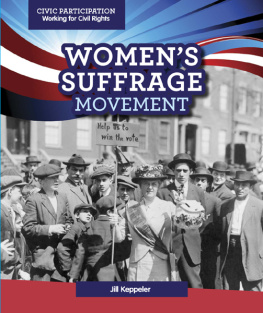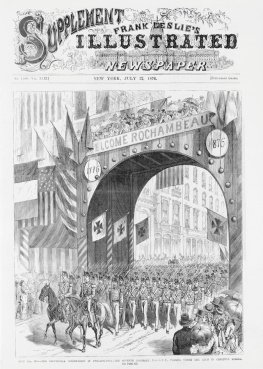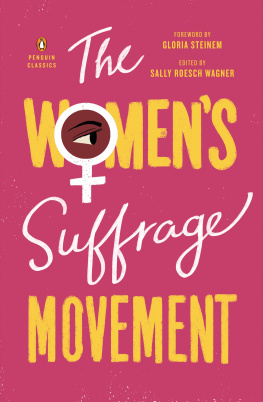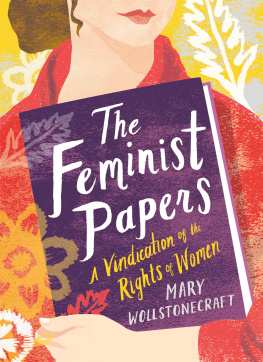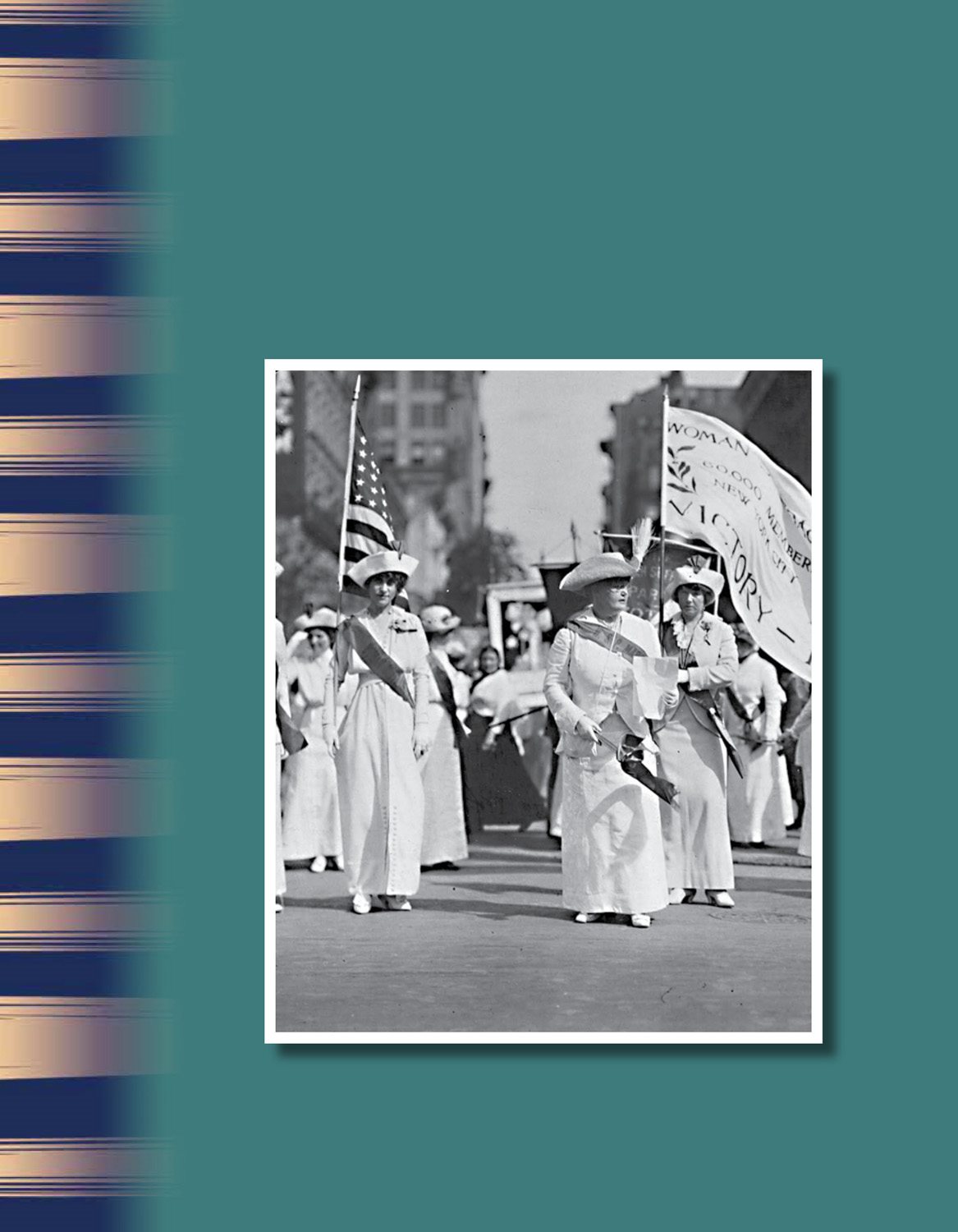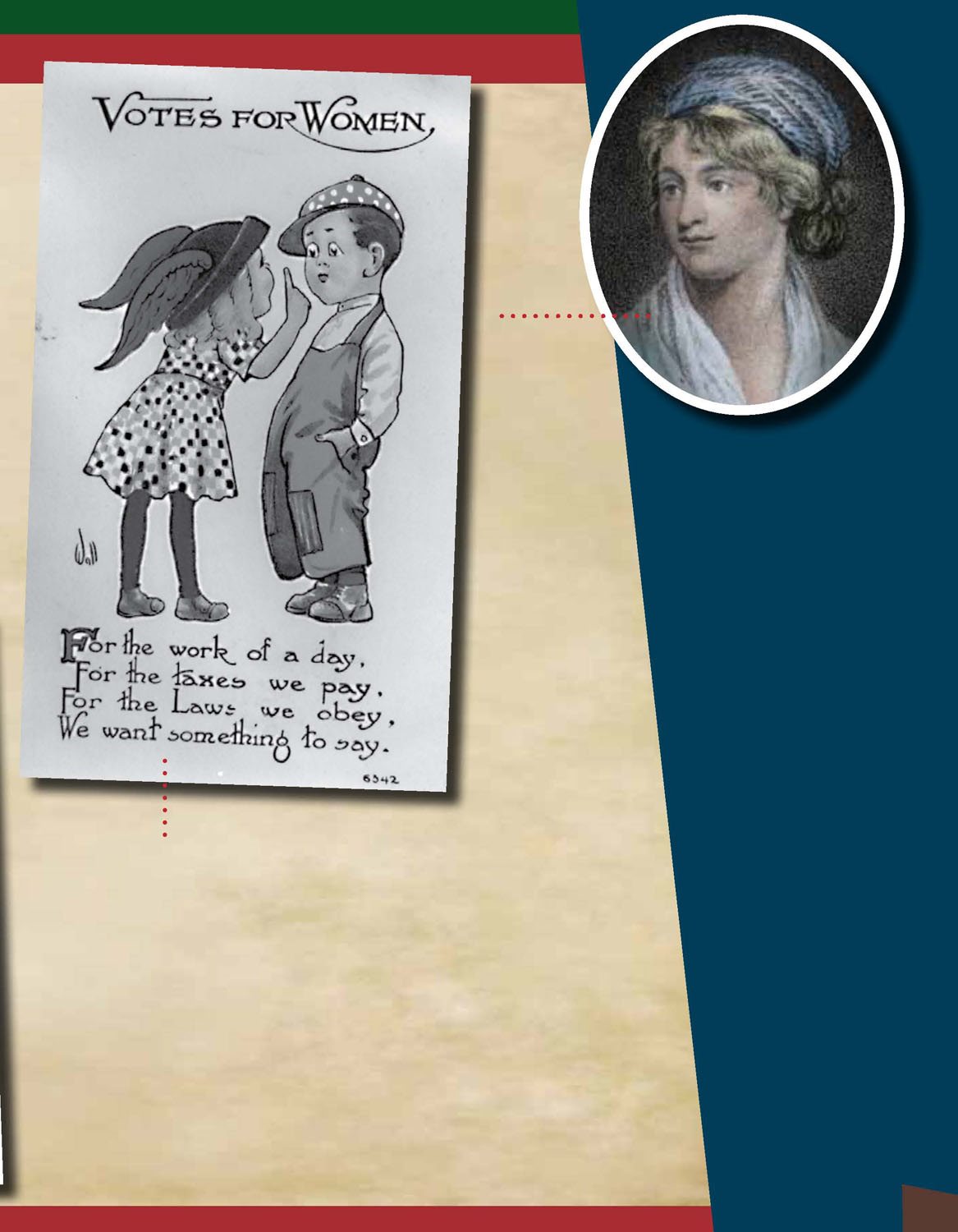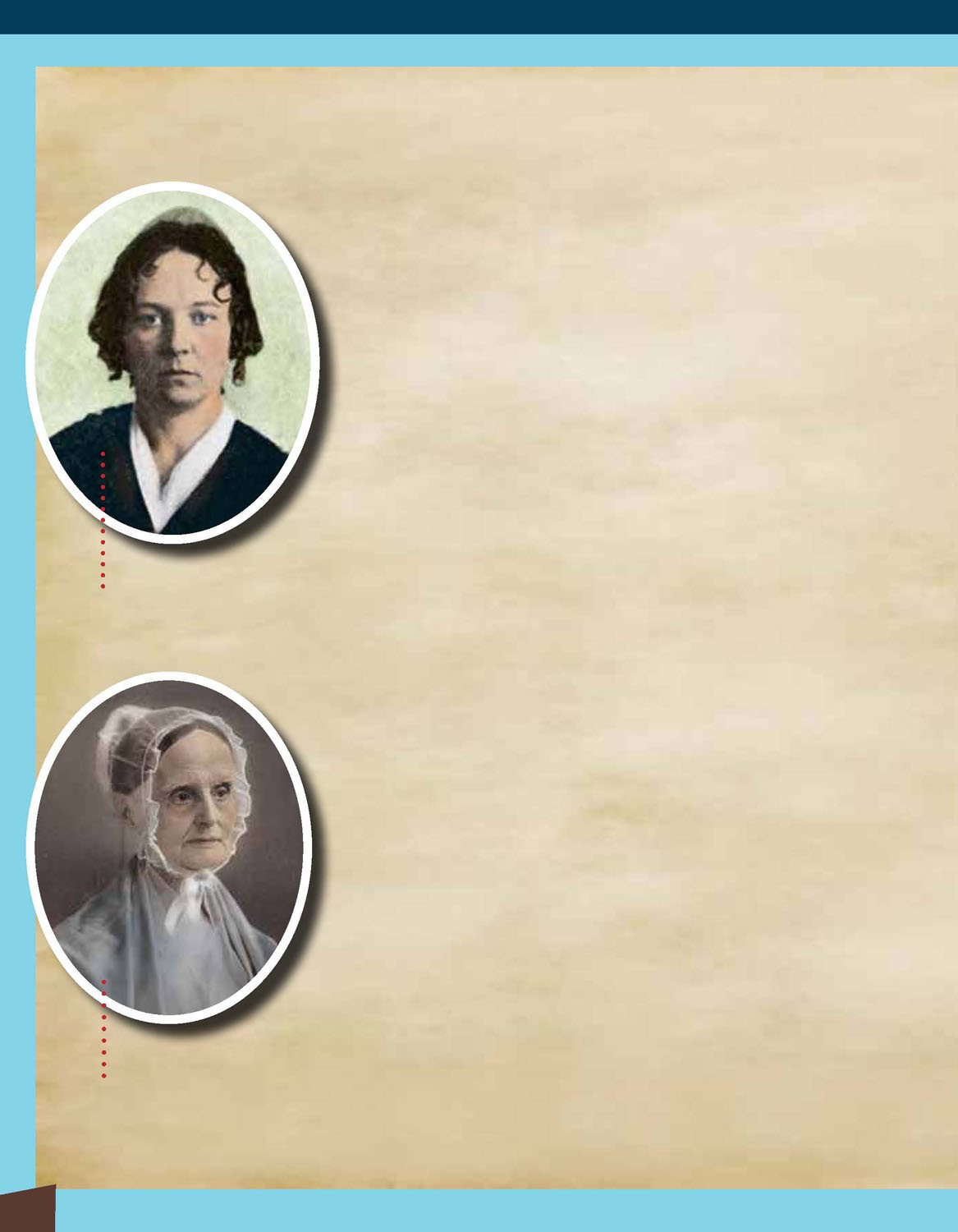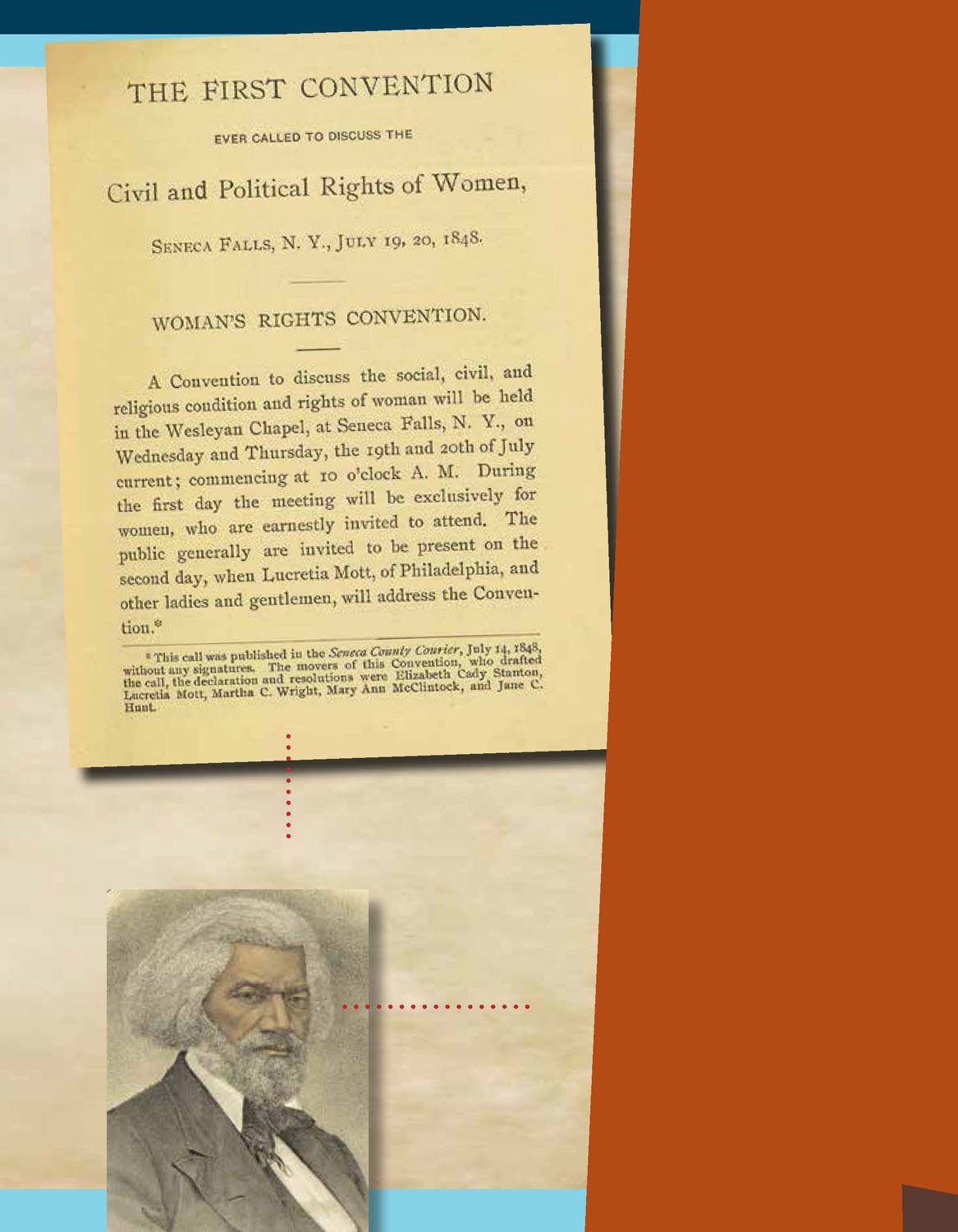Womens Suffrage
Fighting for Womens Rights
Harriet Isecke
Consultant
Publishing Credits
Marcus McArthur, Ph.D.
Dona Herweck Rice, Editor-in-Chief
Department of History
Lee Aucoin, Creative Director
Saint Louis University
Chris McIntyre, M.A.Ed., Editorial Director
Torrey Maloof, Associate Editor
Neri Garcia, Senior Designer
Stephanie Reid, Photo Researcher
Rachelle Cracchiolo, M.S.Ed., Publisher
Image Credits
cover Hulton Archive/Getty Images; p.1 Hulton Archive/Getty Images; p.4 The Library of Congress; p.5
(left) The Library of Congress; p.5 (right) The Library of Congress; p.6 (top) The Library of Congress; p.6
(bottom) The Library of Congress; p.7 (top) The Library of Congress; p.7 (bottom) The Library of Congress;
p.8 History of Woman Suffrage, 1881/Google Books; p.9 The Library of Congress; p.11 (top, left) The Library
of Congress; p.11 (right) The Granger Collection, New York; p.11 (bottom, left) The Library of Congress;
p.12 The Library of Congress; p.13 (top) The Library of Congress; p.13 (bottom) The Library of Congress;
p.14 The Library of Congress; p.15 (top) The Granger Collection, New York; p.15 (bottom) National Archives;
p.16 The Library of Congress; p.17 National Archives; p.18 The Library of Congress; p.19 HultonArchive/
iStockphoto; p.20 The Library of Congress; p.21 (top) The Library of Congress; p.21 (bottom) The Library
of Congress; p.22 Corbis; p.23 (top) The Library of Congress; p.23 (bottom) The Library of Congress; p.24
(top) The Library of Congress; p.24 (bottom) The Library of Congress; p.25 (top) The Library of Congress;
p.25 (bottom) The Library of Congress; p.27 (top) The Library of Congress; p.27 (bottom) The Library of
Congress; p.29 (top) National Archives; p.29 (bottom) The Library of Congress; p.32 (left) The Library of
Congress; p.32 (right) The Library of Congress
Teacher Created Materials
5301 Oceanus Drive
Huntington Beach, CA 92649-1030
http://www.tcmpub.com
ISBN 978-1-4333-1507-7
ePUB ISBN 978-1-5457-0482-0
2012 Teacher Created Materials, Inc.
Table of Contents
The Fight for Rights
Did you know that when the United States was founded, women
did not have the same rights as men? Women could not own property .
Women could not attend most colleges. They were not allowed to do
many of the same jobs that men did. And, when they did work the
same jobs, men were paid more for the same work.
Some women accepted these rules and made the best of their
lives. Others fought for more rights and opportunities. They fought
to change the laws. A little bit at a time, they started succeeding.
Women were slowly given more rights. But, there was still one big
right that they did not have. Women still could not vote.
Suffragists on parade in New York City in 1912
Mary
Wollstonecraft
Famous First
One of the first women to
write about womens rights
was Mary Wollstonecraft.
She was from England. In
1792, she wrote a famous
book called A Vindication
of the Rights of Woman . In
her book, Wollstonecraft
said men and women
should be equal.
All Men Are
A suffragist poster
Created Equal
John Adams signed
the Declaration of
The fight to change the law to allow women to
Independence in
vote was called the Suffrage (SUHF-rij) Movement.
1776. His wife,
Abigail, requested
Those who joined this fight were called suffragists .
that he and the other
Many brave suffragists organized groups, gave
men remember
speeches, and held marches and parades. It took
the ladies. By this,
women almost 150 years to get the right to vote.
she meant to give
This is the story of how they did it.
women the same
rights as men.
The Movement Begins
Elizabeth Cady Stanton Meets
Lucretia Mott
In 1840, a young Elizabeth Cady Stanton
left for England. She was on her way to an
antislavery convention in London. When she
arrived at the convention, she was shocked.
She learned that the British abolitionists
(ab-uh-LISH-uh-nists) had decided that no
woman would be able to participate in the
convention. Women would not be allowed to
speak, and they would have to sit in a
Elizabeth Cady Stanton
separate area.
It was at this convention that Cady Stanton
met Lucretia (loo-KREE-shuh) Mott. Mott was
a famous abolitionist. She fought hard to end
slavery. She was also a firm believer in equal
rights for women. Mott wanted women to be
able to own property. She wanted them to have
equal opportunities for a good education and
good jobs. She also wanted women to have legal
custody of their children. At that time, only
men had legal rights to children.
Cady Stanton and Mott decided they would
hold a convention to discuss womens rights. In
1848, the first Womans Rights Convention was
held in Seneca Falls, New York. Both women
Lucretia Mott
and men came to the convention. They talked
about ways to improve the lives of women.
And Women...
At the Womans Rights
Convention, Elizabeth Cady
Stanton read to the crowd
a special paper she had
written. It was called the
Declaration of Sentiments . It
was based on the Declaration
of Independence. But, Cady
Stantons declaration said
that all men and women are
created equal. It described
the plight of women. It
talked about how poorly
women were treated by men.
It said that women could not
get a good education, get
good jobs, or own property.
It demanded that women be


